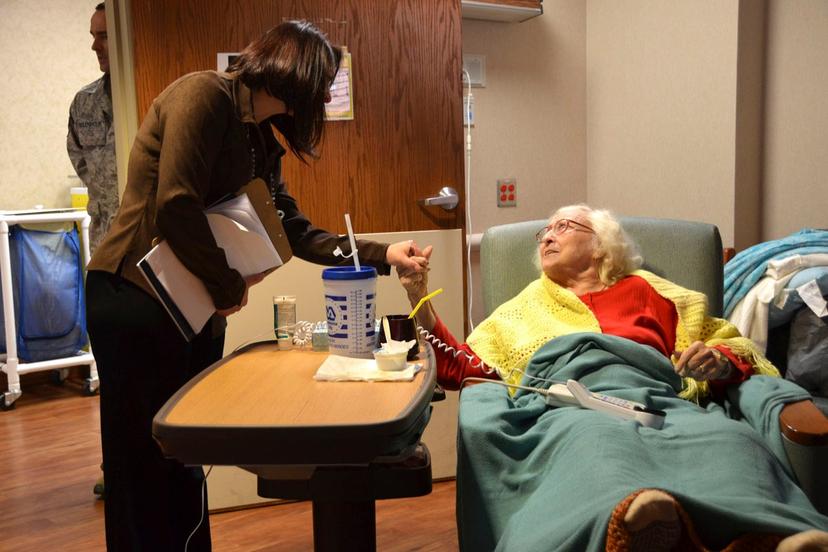Elder Care

Overview
Modern medical science and public health will allow most of us to live to an age at which we can no longer live fully independently. Our physical and mental capabilities may erode slowly or may decline suddenly, as with a stroke or serious accident. When that happens, we will need help in several areas: to accomplish the tasks of daily life that we now are able to do by ourselves; to maintain our health to the extent possible, for as long as possible; and finally to ease our transition to death. Family members may not have the time, the skills, or even the physical strength to provide all these kinds of care. This is why there is a demand for the elder-care industry.
The Bureau of Labor Statistics estimates that in 2018 more than 1.8 million people worked in occupations that involved providing services for the elderly and persons with disabilities in the United States. Some of these establishments are nursing homes or assisted-living communities where elderly people reside, but others provide health-care services for seniors who are living at home or are being dropped off during daytime hours only.
The type of facility with the longest tradition of specializing in elder care is the nursing home. The Kaiser Commission on Medicaid and the Uninsured estimates that there were around 15,432 certified nursing homes in the United States as of 2016, a number that has stayed quite stable for most of the past decade. About 1.3 million Americans live in these facilities.
According to the National Center for Health Statistics (NCHS), there are around 29,000 assisted-living communities, with a total capacity of almost 1 million. Because Medicare does not pay for assisted-living care, nor does Medicaid in many states, private payments from residents and families account for most of the revenue. The NCHS estimates that only 16.5 percent of assisted living residents rely on Medicaid to cover the cost of their services.
A national NCHS survey, publishe...
